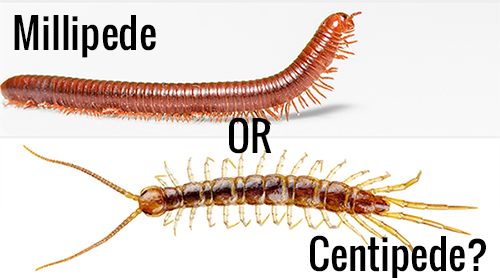True Worms: ( 24,000 species) Flatworms (12,000 species)
- Body is tubular and/or made up of segment.
- Tube-like digestive system.
- Breathe through their skin.
Sponges: (10,000 species)
- Take in water through pores ( little holes) in their bodies from which they filter (take out) little bots of food.
Cnidarians ( 9,000 species):
- Hollow body with specialised cells (stingers) that they use for capturing prey.
- Live in water.
Molluscs (100,000 species)
- Most live in the sea.
- Most have shells.
- Unsegmented body.
Echinoderms (9,000 species)
 Blastoided
Blastoided  Sea Cucumber r
Sea Cucumber r Brittle Stars
Brittle Stars
 Centipede
Centipede  Millipede
Millipede
 Sea Spider
Sea Spider
 Barnacle
Barnacle  Cladocera (water Flea)
Cladocera (water Flea)  Maxillopoda
Maxillopoda
 Pauropoda
Pauropoda  Symphla
Symphla  Millipede and Centipede (two for one)
Millipede and Centipede (two for one)
 Mole Cricket
Mole Cricket  Assassin Bug
Assassin Bug  Snakefly
Snakefly
 Harvestmen
Harvestmen  Palpigradi
Palpigradi
 Acari
Acari
- A skeleton made up of five plates.
- Tube feet.
- Live in the sea.
Arthropods (> 1,000,000 species)
 Centipede
Centipede - Jointed legs.
- Divided into four further sub-group.
Crustaceans
 Maxillopoda
Maxillopoda- Most are aquatic
- Body divided into three part.
- Most breathe with gills.
- Hard outer skeletons.
Myriapods
 Millipede and Centipede (two for one)
Millipede and Centipede (two for one)- Many pairs of legs.
- A single pair of antennae.
- Simple eyes.
Insect
- Body divided into three parts.
- Three pairs of legs and two pairs of wings.
- One pair of antennae on head.
- Compound eyes.
Arachnids
- Body Divided into two pairs.
- Four pairs of legs and no wings.
- No antennae.
No comments:
Post a Comment
Note: only a member of this blog may post a comment.